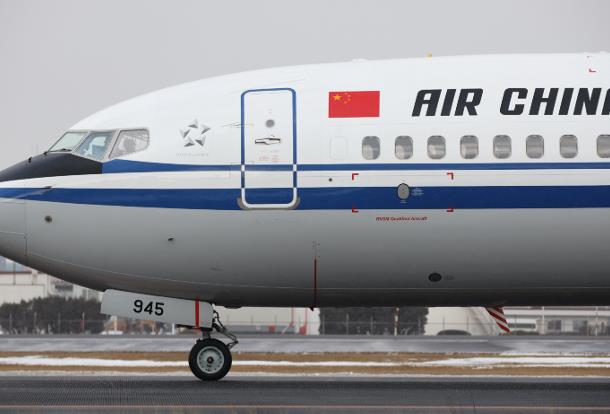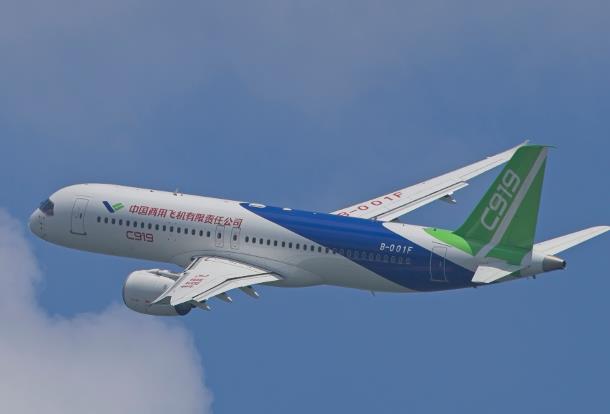In their recently released financial reports for the first half of 2019, China Southern Airlines (CZ), Air China (CA) and China Eastern Airlines (MU) reported revenue growth respectively. The three flag-carriers netted 197.036 billion yuan collectively, but the net profit attributable to shareholders of listed companies was down, to a total of 6.772 billion yuan.
CZ chalked up 72.939 billion yuan in revenue in the first six months of the year, compared to MU’s 58.8 billion yuan and CA’s 65.313 billion yuan, while MU reported a higher annual revenue growth rate of 8.02%.
The net profit attributable to shareholders of all three airlines fell – CZ’s declined the most at 20.92%, CA and MU’s dropped by 9.49% and 14.89% respectively. Excluding non-recurring profit and loss, the net profits of the three airlines were still down – MU saw the biggest decline of 26.29%, CZ’s dropped by 21.85% and CA 3.49%.
In the first half of this year, the shareholding of China Securities Finance in the three major airlines remained unchanged, at 2.61%, 2.14% and 2.97% for CZ, CA and MU respectively.
The passenger load factors (PLF) of the three state-owned airlines all went up and remained above 80% in the first half of 2019. The PLF of MU reached 82.66% while CA’s was the lowest among the three, at 80.99%, though its load factor was growing at the fastest rate compared with the other two flag-carriers.
CZ with the largest fleet of the three had the highest available seat kilometres (ASK) and revenue passenger kilometres (RPK), while MU achieved higher growth than CZ in these respects.
CZ’s fleet size reached 849, against CA’s 676 and MU’s 719, but MU’s fleet was expanding at a faster rate at 9.94%.
Daxing Airport, the next focus
According to the Civil Aviation Administration of China (CAAC), the new Beijing Daxing International Airport (PKX) is due to open on September 30.
The three major airlines will capture major passenger shares at the new Beijing Daxing Airport, at 40% for CZ, 30% for MU and 10% for CA.
CZ intends to make Daxing Airport its hub in Beijing, and would build an international and domestic airline network capturing 40% of the airport’s air passenger traffic. The carrier expects to deploy more than 200 aircraft and operate 900-plus flights daily at Daxing Airport by the end of 2025.
Continuous Rising in Oil Cost
In the first half of 2019, CZ’s fuel cost totaled 20.616 billion yuan, accounting for 32% of its operating cost, an increase of 6.35% compared to last year. CA’s fuel cost was 17.615 billion yuan, accounting for 32.16% of the operating cost, an increase of 0.19% over the previous year. MU’s fuel cost was 16.625 billion yuan, accounting for 31.83% of the operating cost, representing a YoY increase of 31.92%. (Translated by Elena)




